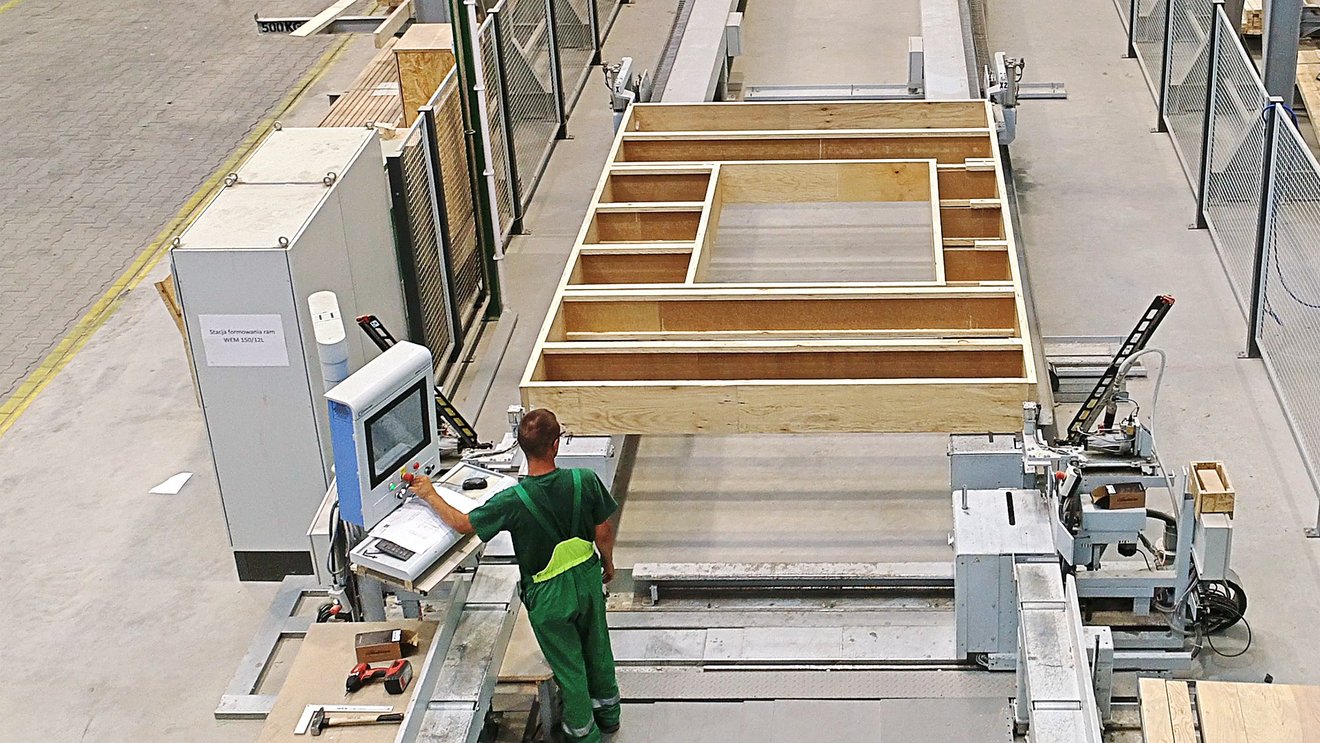Finite raw materials are not infinitely available. Raw materials for the production of concrete are also becoming scarce. Not all sand is suitable for this purpose. Grains of desert sand are too round and too smooth for this, which is why booming Dubai imports its sand from Australia, where it is mined from the seabed on the coasts.
Architecture professor Werner Sobek explains why we have to change our building methods with his "equatorial wall equation": if you multiply the current world population growth of 125 million people per year by the 490 tonnes of mineral building materials that each Person uses on average, the result is a global demand of over 60 billion tonnes per year. If you convert this to a 30 cm thick wall running once around the earth along the equator, it would be 2 km high.
The high consumption of raw materials goes hand in hand with high energy consumption and high CO2 emissions - and contributes significantly to global warming. In the production of cement, the chemical conversion process itself also releases huge amounts of CO2. Cement production alone is responsible for 8% of all CO2 emissions worldwide - more than air traffic.
Global warming and the shortage of raw materials are closely linked. Either we build considerably less in the future. Or we significantly reduce the consumption of raw materials associated with building and the CO2 emissions caused by building. That means building with wood. Wood grows again, can be reused, recycled, processed into wood-based materials and, at the end of the longest possible utilisation chain, can also be used for energy.
Building with wood also reduces construction waste, which currently accounts for well over half of our waste. Building with wood reduces CO2 emissions by replacing CO2-intensive building materials. And by ensuring that the large quantities of CO2 bound in wood remain bound for further decades to centuries.
STEICO gives high priority to another goal: the careful use of wood as a resource. This is achieved through high raw material efficiency. The tree trunks all come from the region and from sustainable forestry – and are almost completely recycled.
Almost any wood fibre can be used for the production of insulation material. And for the production of Laminated Veneer Lumber (LVL), the veneer layers are peeled from a rotating tree trunk – which corresponds much more to its round shape than sawing out rectangular profiles. Whereas traditionally sawmills produce a lot of misshapen wood residues, which are largely used for energy, STEICO retains much more CO2 per tree trunk in the long term.


